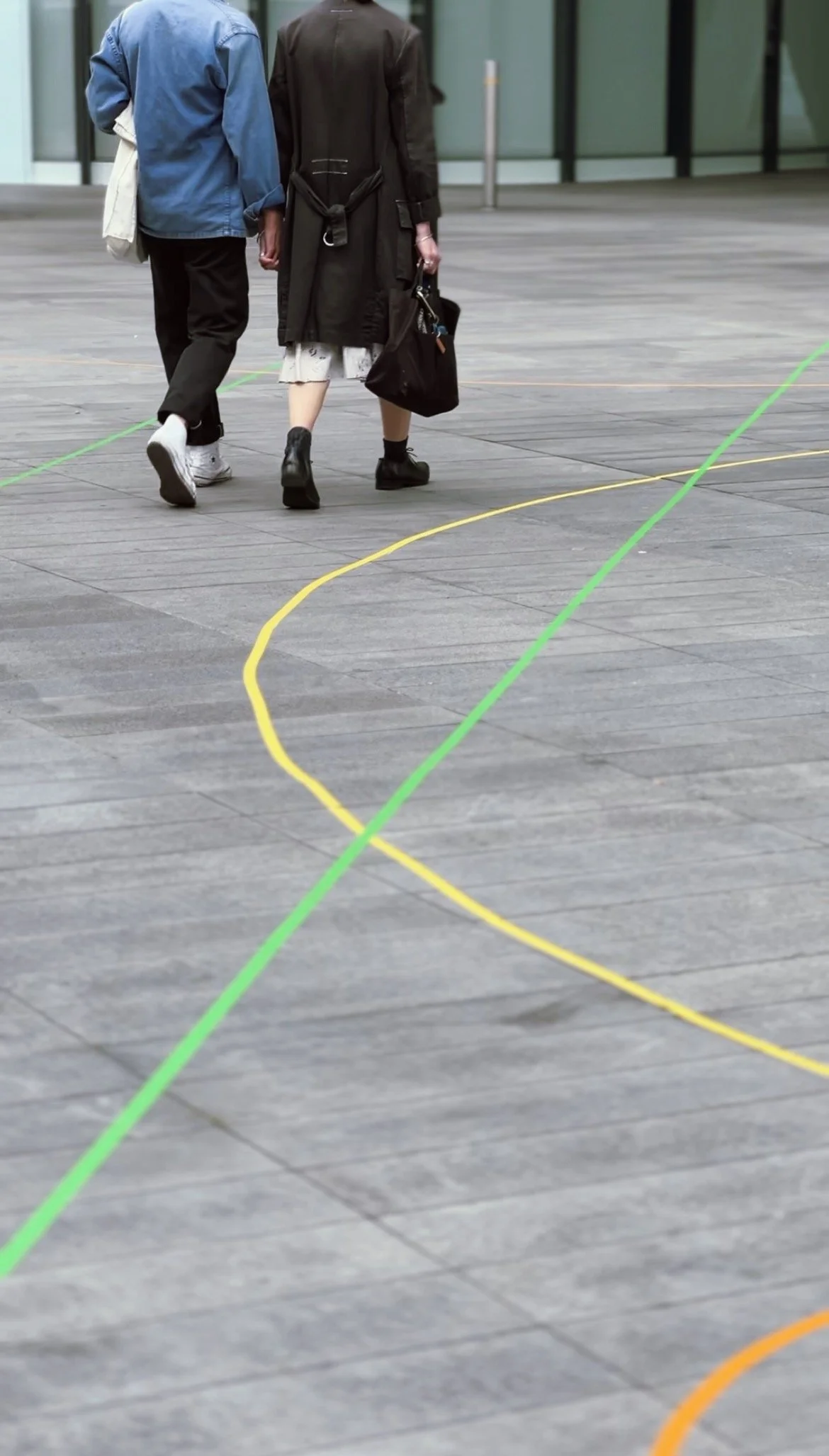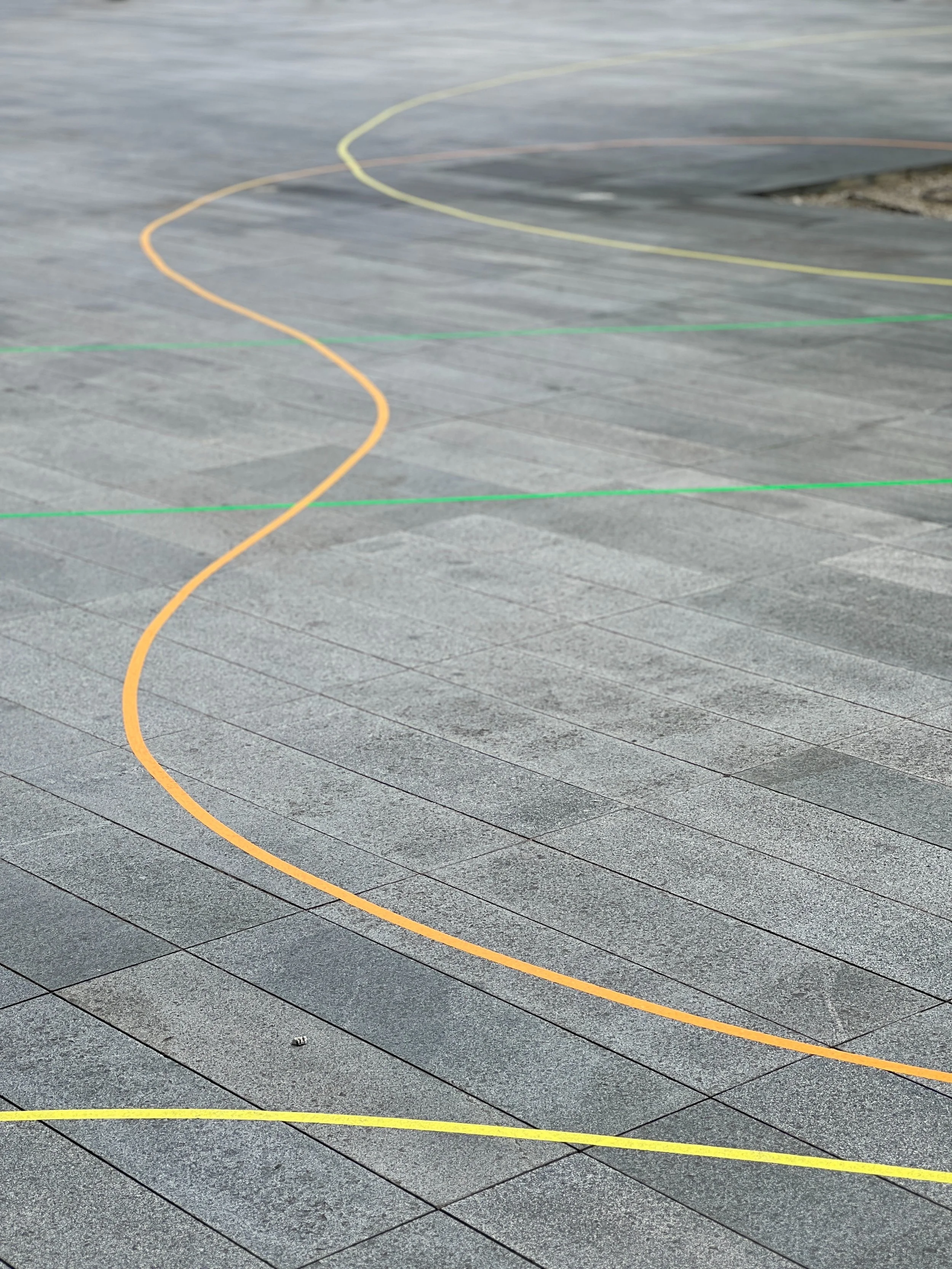Badminton Club
What is our right to occupy privately owned spaces, which may outwardly appear as public areas, but are not?
How do we distinguish and identify the invisible borders between private and public spaces?
Through my research on the topic, the Badminton Club emerged as a playful, participatory intervention, questioning the distinction between public and private spaces, as well as the freedom to access and utilise them.
Site context
This site-specific project, created in response to the Spatial Value elective at the Royal College of Art, examines the largely unused and vacant area surrounding the Albion Riverside building. Located between the Royal College of Art and Foster+Partners, this site is positioned adjacent to the River Thames to the north and slopes gently towards Hester Road in the south. Characterised by strong winds, predominantly paved surfaces, surveillance, and several restrictions in place, the site presents numerous challenges, indicating why it remains unoccupied most of the time.
Invisible borders
Appearing almost identical, distinguishing where privately owned space ends and public space begins proves challenging. The distinctions are nuanced, often marked by rows of bollards, benches and variations in paving materials.
By setting up badminton courts that traverse both private and public spaces, the initiative challenges the notion of space ownership and prompts reflection on the rights of individuals in shared communal areas.
Temporary change of energy
As part of the intervention, I investigated the notion of emptiness.
“Emptiness” in the universe is considered as the absence of observable matter and energy.
How can one make something that is already empty, even emptier? One logical approach would be to remove any residual contents from that space. Another approach would be to create a temporary change in energy by inviting public participation. As the public engages and then disperses, the space retains echoes of their presence, leading to a feeling of even greater emptiness.
Participatory nature of art
Through this project, I explore the participatory nature of art, viewing art not just as a static object but as an interactive process that engages the audience, bridging the gap between artist and spectator.
The Badminton Club took place on the 21st and 22nd of June, as part of the Wandsworth Arts Fringe festival and during the RCA2024 Graduate Show.













